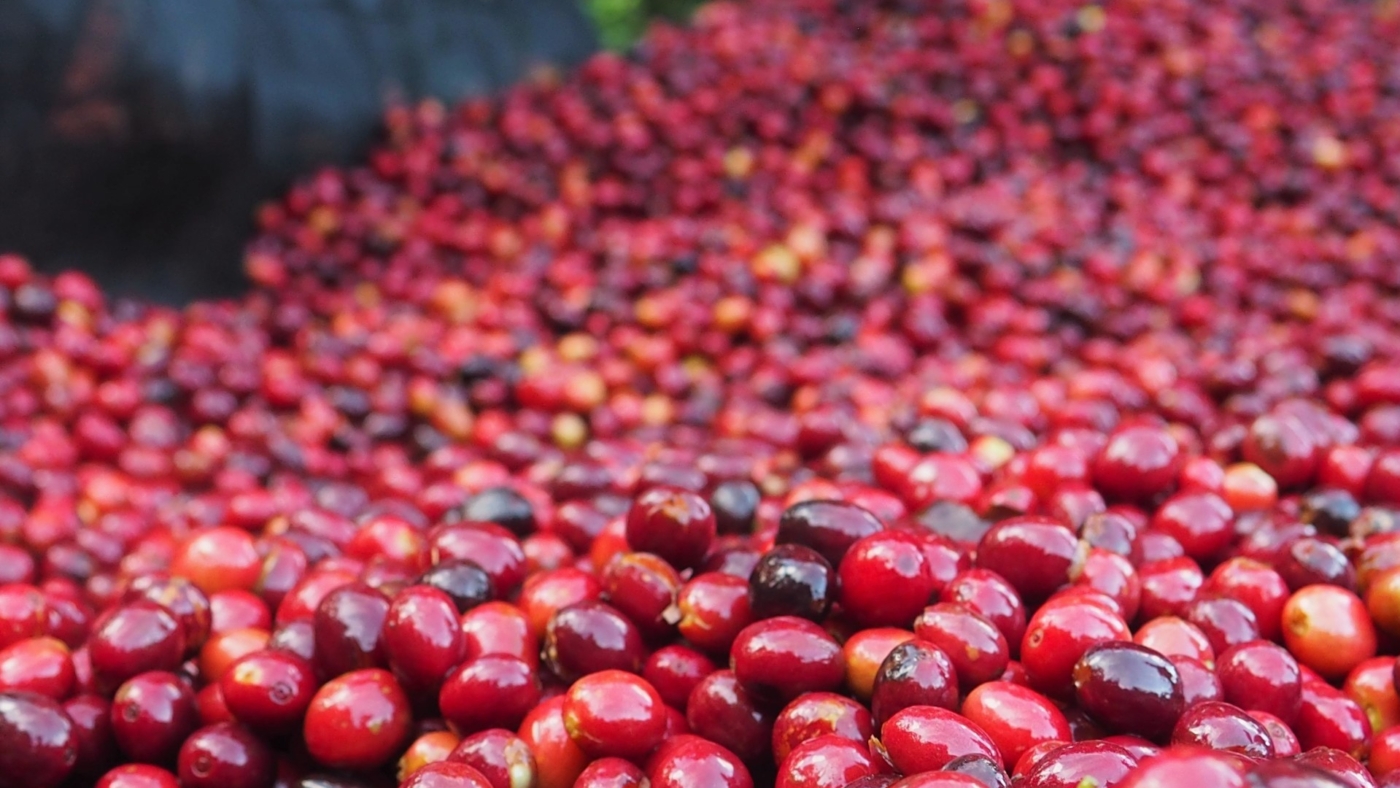The journey of coffee from tree to cup is a long and special one. Every process the coffee goes through significantly affects the aroma and flavor. When talking about the process we often neglect the portion prior to its washing or lack thereof. The soil, altitude, and rainfall of where the coffee is cultivated play a major role in the type of coffee presented. We should also pay attention to the season at which we harvest our beans.
Rainfall is the most important factor governing the distribution of coffee farming and wild coffee forests in Ethiopia. The distribution of rainfall varies greatly across Ethiopia, according to season, altitude, and physical features of the landscape. Clear annual patterns are evident, although rainfall is extremely variable. Therefore coffee harvest in Ethiopia is majorly dependent on this particular as it affects its growth. The two main crop seasons in Ethiopia are the “belg” and “meher” seasons which receive rainfall from February to June and from June to October, respectively.
Harvesting time for coffee cherries will vary by region and altitude. Typically, there is only one harvest per year, which will last for 2 to 3 months as cherries ripen. The cherry is initially green and turns red when it is ready for harvesting. The coffee in Ethiopia is Arabica in type and is harvested traditionally by selective picking. This takes a lot of labor which makes it expensive. Selective picking involves making numerous passes over coffee trees, selecting only the ripe cherries, then returning to the tree several times over a few weeks to pick the remaining cherries as they ripen.
Since the harvesting season varies in different areas, a wide range from September to March can sum up the overall season of harvest all over Ethiopia. During this harvest, the community will be active, since our Arabica coffee needs all hands-on deck kind of approach. There will be job opportunities and income generation specifically for that time of the year. On an average farm, pickers gather 25-50kg of cherries per day. Therefore it’s the time of the year when parts of the community obtain an extra set of cash.
Every coffee harvest is a challenge, with a considerable expenditure for a coffee farmer. Out of the gathered cherries, only 80% of it is actual coffee beans that can be sold. Of that 80 percent, only a small amount is of the best quality that we choose for our coffee. A point to be noted is that wrong harvesting leads to wrong processing and ultimately results in loss of quality. Hence it is important to avoid foreign materials, picking from the ground and mixing unripe cherries with the ripe red ones. All in all, harvest plays a great role in the quality of coffee one provides. #coffee #jobopportunities #Ethiopiancoffee #Harvestseason #BenacoffeeExport #Arabicacoffee



Add a Comment